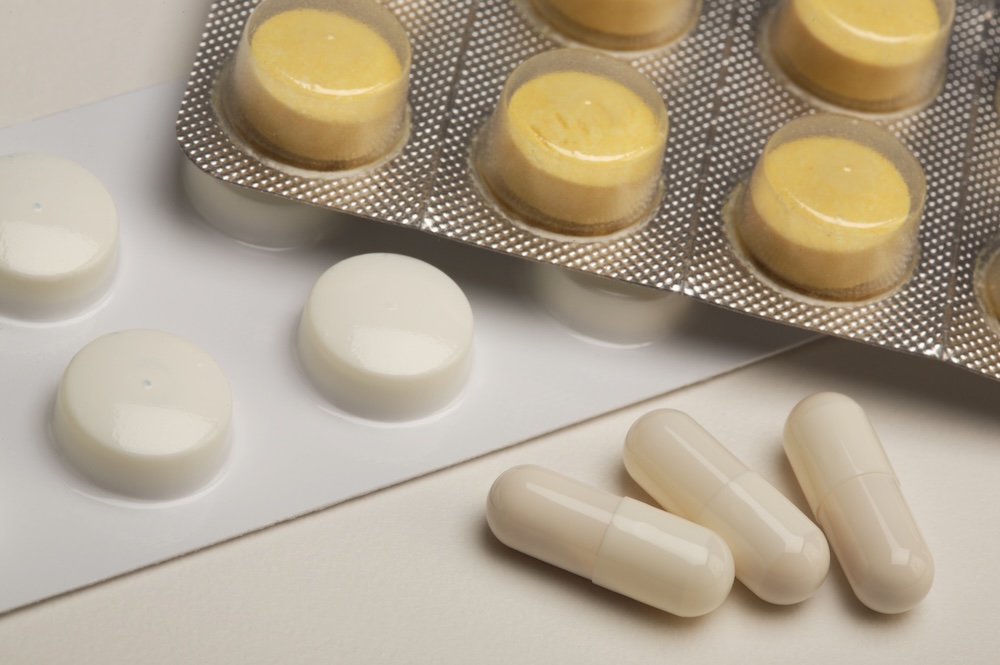505(b)(1) vs 505(b)(2): Understanding the Key Differences in FDA Drug Approval Processes

The 505(b)(1) pathway is typically used for new drugs with active ingredients that the FDA has not previously approved. This pathway requires a full New Drug Application (NDA) supported by detailed safety and efficacy data from extensive preclinical and clinical trials conducted by or on behalf of the applicant. In contrast, the 505(b)(2) pathway allows […]
The FDA’s 505(b)(2) Explained

Pharmaceutical innovation can stem from a variety of different facets in the industry. Healthcare providers and practicing physicians think of new concepts through observational data from their daily practice to suggest new, improved treatment solutions using existing approved medicines. From a similar vein, university researchers study the existing molecules of active pharmaceutical ingredients (API) in […]
FDA approval pathways: the 505b2

Pharmaceutical innovation stems from a variety of sources. Practicing doctors and healthcare providers generate concepts and collect observational data for new and improved treatments using existing approved medication. Alternatively, university researchers study existing molecules for different disease models in vitro or in vivo. Pharmaceutical companies license these assets and undertake preclinical and clinical development with […]

